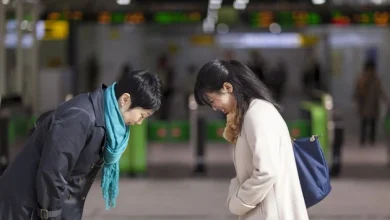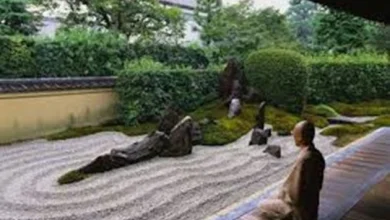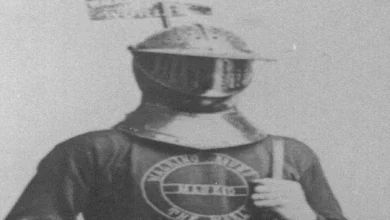75 years after atomic bombing of Hiroshima: 5 things you need to know
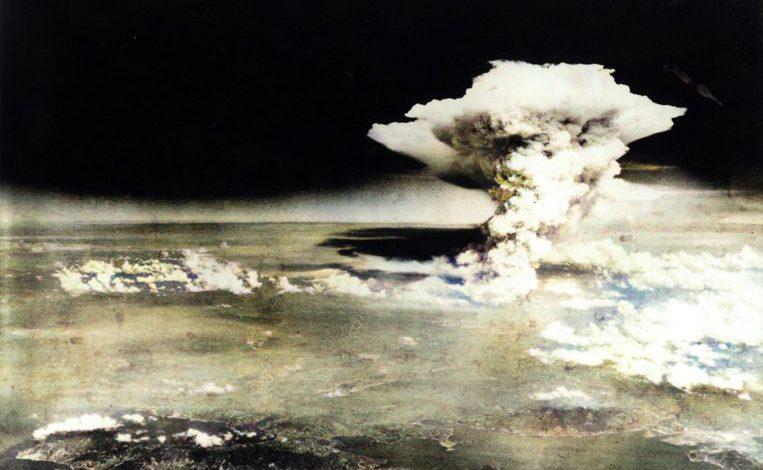
Today it is exactly 75 years ago that the US dropped an atomic bomb on the Japanese port city of Hiroshima. Three days later, on August 9, 1945, a second one landed on Nagasaki.
After the attack, the Japanese empire laid down its weapons, and the Second World War came to an end. We answer five questions about what happened that infamous day and what the horrific consequences were.
Why was Hiroshima targeted by the US?
Hiroshima was a Japanese port city and played an important role in the Japanese economy. The city had industrial buildings, military bases, and ammunition facilities. Historians say that the US chose Hiroshima as a suitable target because of the size of the area and the landscape. Beforehand, the city was carefully bombed so that the US could measure the impact of the atomic attack.
In addition, the bombings accelerated the surrender of Japan. Some historians indicate that Japan was already about to lay down arms, but this is still debated in the US.
What happened during the attacks?

On the morning of August 6, 1945, the US B-29 Enola Gay dropped a 4,000 kg bomb called “Little Boy” on the city. From an altitude of about 9.6 km, that impact was enormous. The bomb exploded 43 seconds later 600 meters from the ground.

A few seconds after the explosion, the temperature rose to 3,000-4,000 °C. Everything within a radius of 2 kilometers was immediately destroyed. Within an hour after the atomic bomb was dropped, “black rain” containing radioactive particles fell on the city, causing additional exposure to the radiation.
How many people lost their lives?
It is estimated that 140,000 persons did not survive the attack, including those who were exposed to the radiation and subsequently became ill and died before December 31 of the same year. That was 40 percent of Hiroshima’s total population. Everyone within 500 meters of the epicenter died that same day.
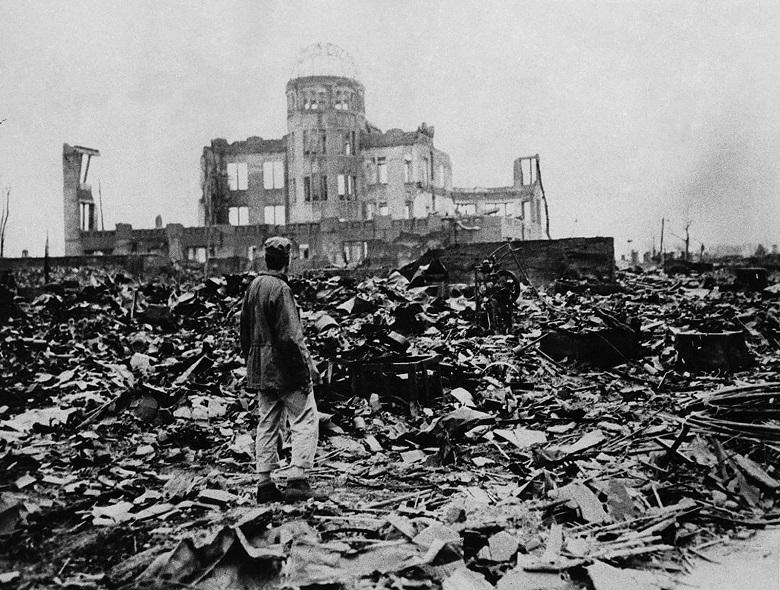
The death toll subsequently rose to 300,000 people who died after 1945 from the effects of exposure to the radiation.
What was the effect of the radiation?
Among other things, people exposed to the radiation had to vomit, lose hair, and suffer burns. Most died within three to six weeks of the attack.
Some who survived the attack got radiation sickness and/or cancer several years later. An estimated 136,700 survivors, known as “hibakushas”, are supported by the Japanese government and have been enjoying medical check-ups and treatments since 1957.
What peace symbol did the residents use to commemorate the bombing?
Cranes in origami can be seen all over the city. They became the symbol of peace after 12-year-old Sadako Sasaki, a survivor, in her fight against leukemia, folded paper cranes with medicine packs. She was 2 years during the bombardment. She said that she had heard an old Japanese story that people folding a thousand cranes were allowed to make a wish.
She died three months after starting the project. Former President Barack Obama brought four paper cranes that he folded himself when he visited Hiroshima in May 2016. He was also the first US leader to visit the city. Obama’s cranes are on display at the Hiroshima Peace Memorial Museum.

